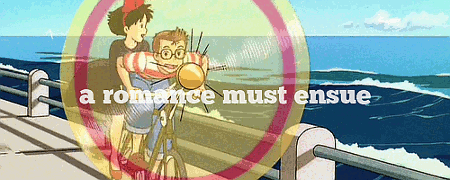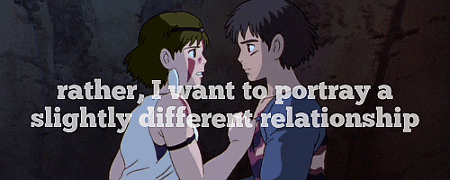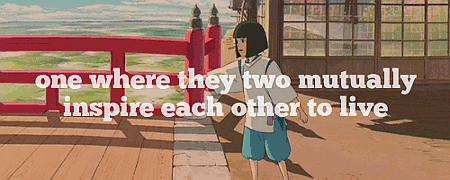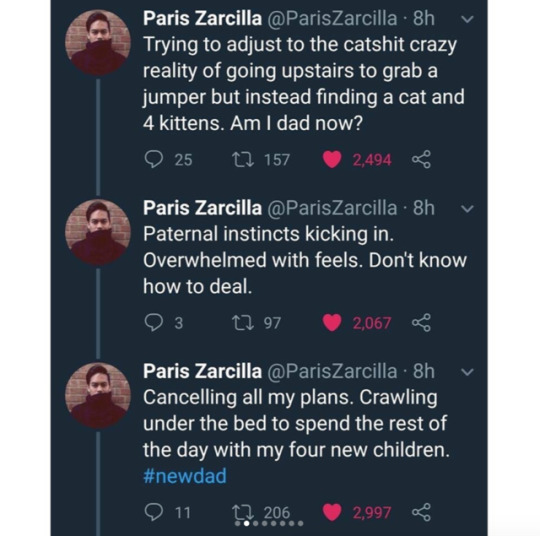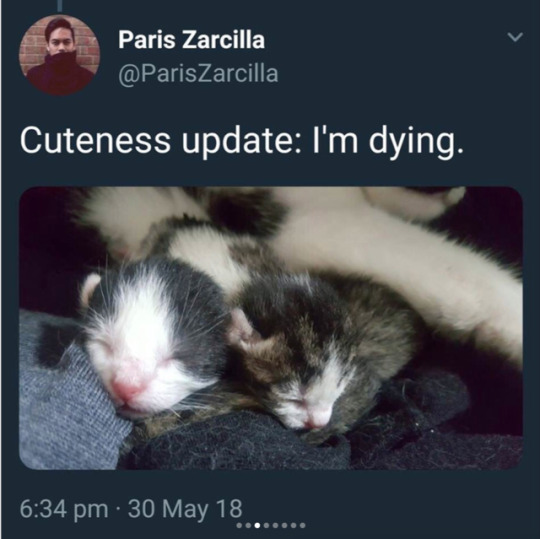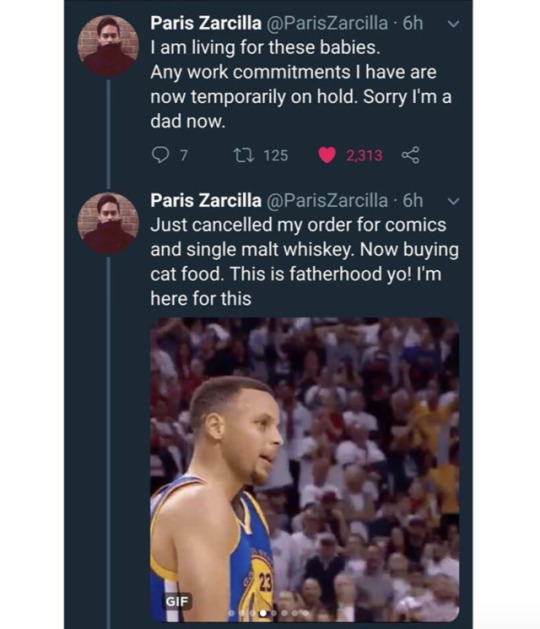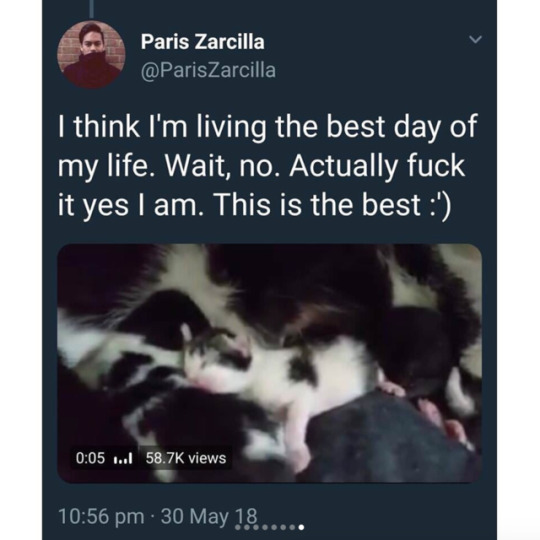Text
high fantasy writers should stop ripping off all their inspiration from tolkien and start taking notes from little girls’ imaginary schoolgames
62K notes
·
View notes
Text
subaru and seishirou: on the job, doing stuff
ghost: appears
them: do u have a sad unresolved past
ghosts: no im just very interested in ur dynamic, kind of wack
243 notes
·
View notes
Text
Your Fictional Farm is Wrong
Or, How To Write Life on a Farm
By me. A person who spends more than half their waking hours on a farm.
So you’re sitting down to write a fic, and you decide on a farming AU. It’s something that you don’t expect to put a lot of time in, it’s only for fun, and really, let’s face it: you haven’t been to a farm since your second grade field trip where you got to pet a cow and that one really unfortunate kid (you know the one) slipped off the bus and fell in mud and had to walk around in borrowed coveralls three sizes too big all day.
If you’re expecting something like this:

(yes that’s my farm STOP JUDGING ME)
Then you’re forgetting the two most important things about farming.
Farming is GROSS and farming is WEIRD AS FUCK.
Read on for some schooling about life on farms and how you, too, can incorporate some good old farming zaniness into your next WIP.
Keep reading
12K notes
·
View notes
Photo
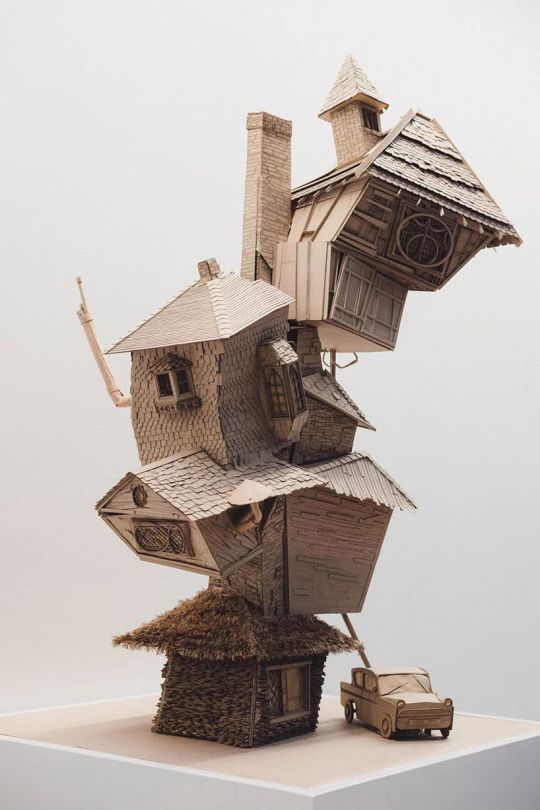
Architecture Students Reimagine Harry Potter
Students of a 12 day course at the Melbourne School of Design were not sorted into houses, but they were assigned Gringotts Bank, Grimmauld Place, the Shrieking Shack and other fan favorites in the Harry Potter universe. their Harry Potter architecture models were laser cut from cardboard (ten house points), hand-modeled (forty house points), constructed in very little time (fifty points), and remind us of the truest magic of all (teamwork).
Students at the Melbourne School of Design had very few spells to work with in order to cast these gorgeously film-accurate 3D models. Students were given 1.0 mm and 0.6 mm boxboard to create their models from. They used trace paper — for windows and diffused lights — and LED lights and motors connected to Arduinos.
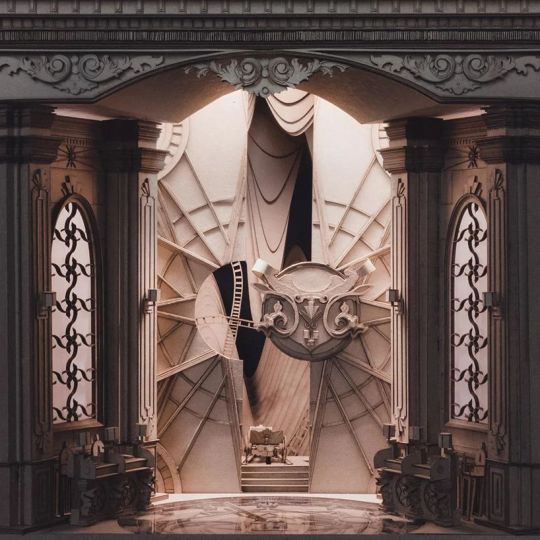






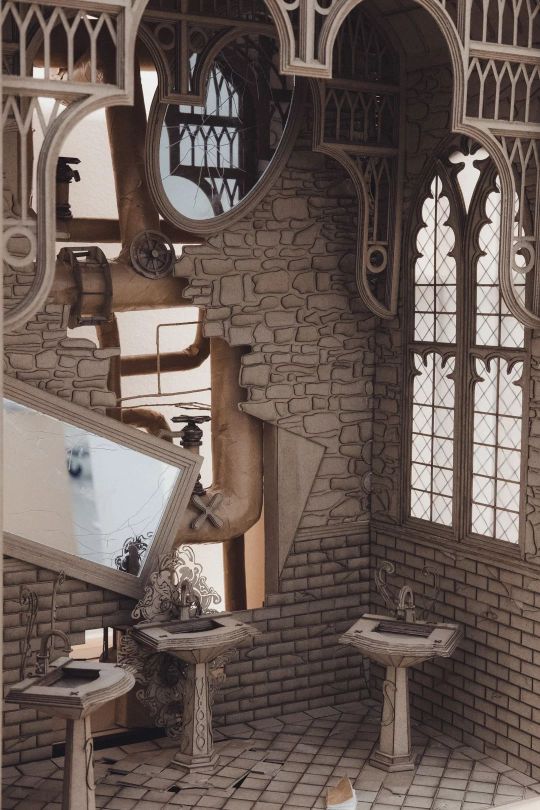
34K notes
·
View notes
Photo
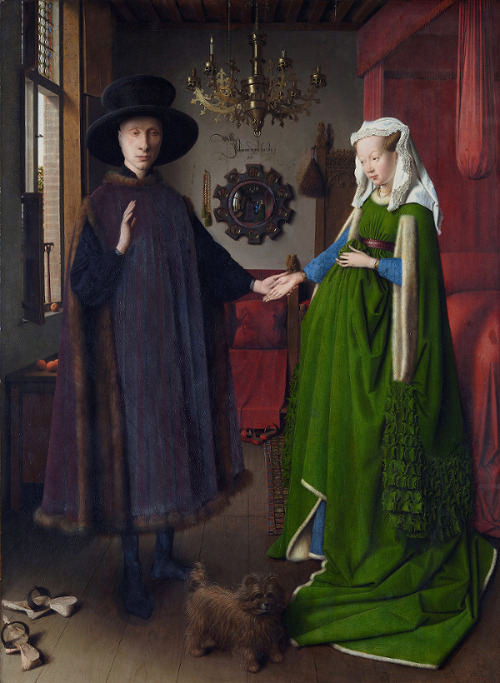

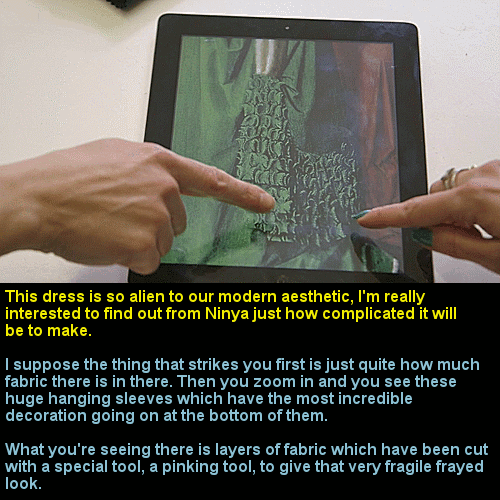






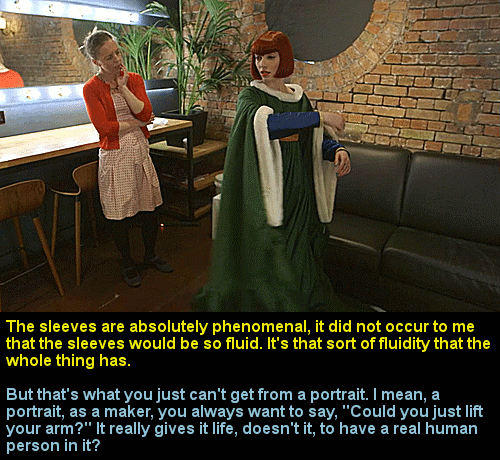
A Stitch in Time: Arnolfini
Ninya Mikhail, Historical Costumier [x]
57K notes
·
View notes
Photo





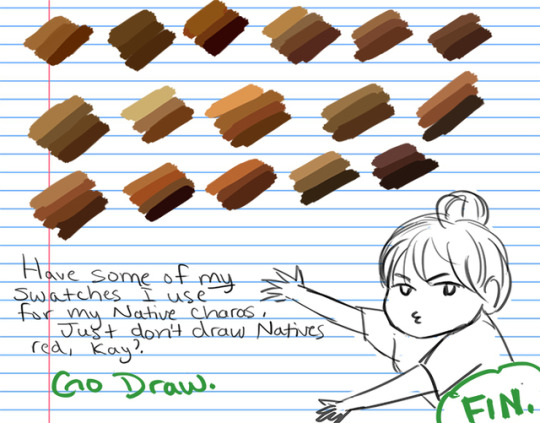
How I draw skin Part 2: DON”T DRAW NATIVE PEOPLE WITH RED SKIN!!!! A tutorial
For the first tutorial on how I draw skin, see the post here.
But seriously, I’ve seen too many drawings of Native characters with literal red/pink skin to count so just in case some of you are having troubles with drawing Native people, I’ve provided a guide for you. Please take my swatches if it helps!! and no more red skinned people, please <0<
Disclaimer: this tutorial is mainly about the artistic depictions of Indigenous Peoples in North America, where the slur and redskin caricature originated, but it would still be racist to draw other non-North/Central/South American Indigenous groups like this so…..don’t.
98K notes
·
View notes
Photo
I just love her so much, and this sums up why reading Rainbow Rowell’s books always feel like a unique experience, different from reading fiction and more like reading fanfiction. I like writing both, but there is a definite difference in tone, and that doesn’t mean fanfiction is inferior, it just means it scratches a different itch.
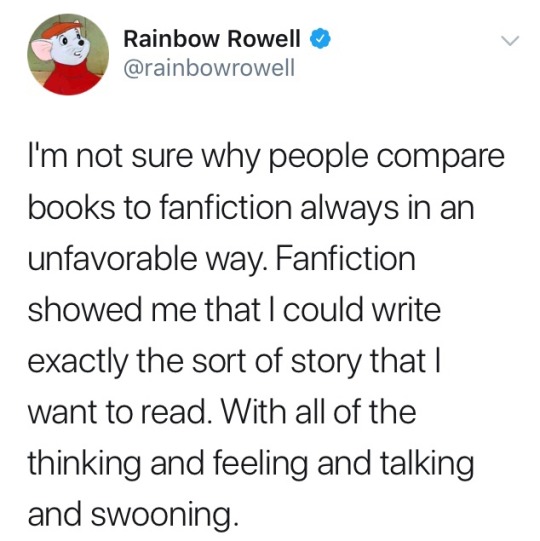



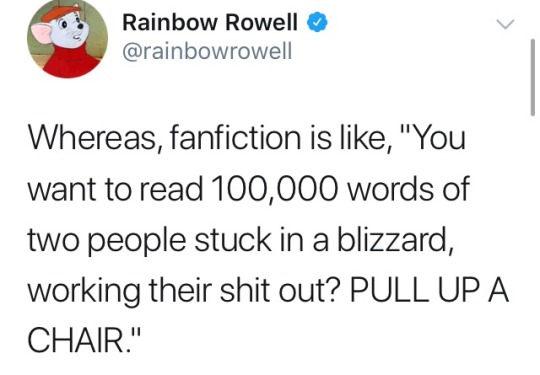
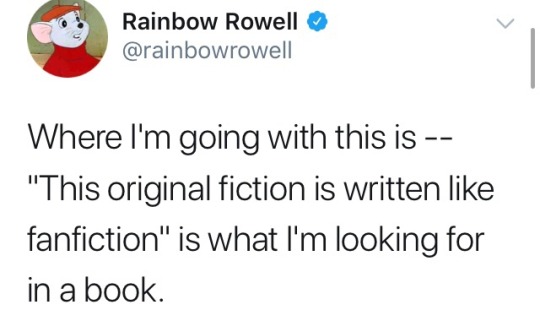
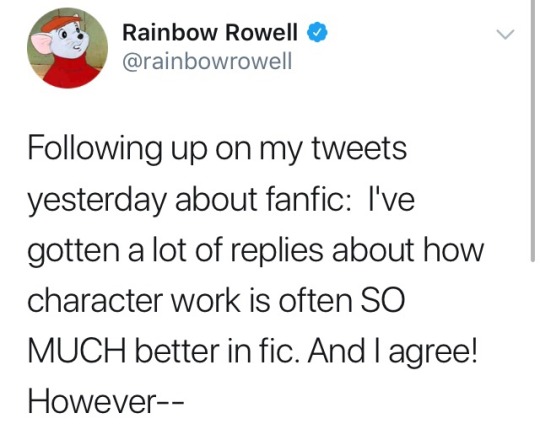


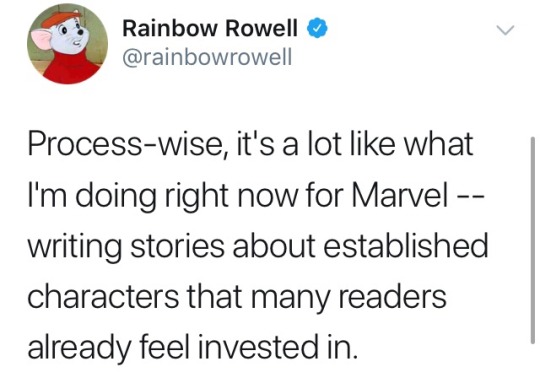
@rainbowrowell reminding us why she’s our queen 👑
(x) (x) (x) (x) (x) (x) (x) (x) (x) (x)
102K notes
·
View notes
Text
sock model Dean Winchester
I would have pegged Cas (human Cas anyway) as a fun sock kind of guy, but it turns out I should have looked no further than our boy Dean Winchester.
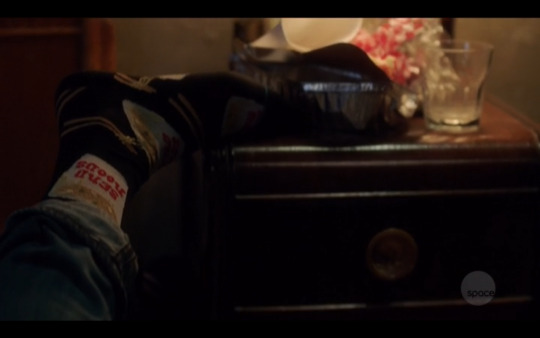
I easily tracked down these “SEND NOODS” socks, but that’s not entirely the reason for this post?
Since I’ve loved Portland-based @sockdreams for a while now, I have naturally been following them on social media. I started to notice that one of their sock models was wearing the same style of Logger boots that Dean wears.
Keep reading
36 notes
·
View notes
Text
Reblogging because I need to fill out my D&D characters traits and stuff already (only been playing her for like six months...), but ALSO because this is good for character building in general.
Creating a Character Arc for D&D
So I saw someone ask a question that I myself have asked before. I have seen the problem take place all the time with no one really knowing what the problem is and whether or how to fix it. That question was:
How do I make a character that I won’t get bored with?
I have often seen people make characters that seem really cool and badass and have plenty of backstory and are incomparably unique. Yet, they will get bored of it after a session or two and want to kill off their special character to make a new one. This will go on with people making new characters and never getting attached to one. The solution to the problem is complex with many intricacies, but the main focus of the problem for many people, I think, is that their character has no story.
Creating a Character with a Story
A story, when referring to a character, is how that character changes over time; their character arc. D&D 5e tries to solve this by forcing players to choose aspects of their character background including their character’s traits, flaws, ideals, and bonds. This is all well and dandy, but this alone won’t define a character arc. To create a character arc, figure out how you want your character’s story to begin and how it should end using those four background characteristics.
Traits: A character’s traits could change over time. They don’t have to, but it can create an interesting character. Traits make a character who they are, and in an RPG it is often a reflection of the player. So while traits can change, I would probably suggest to change a flaw, ideal, or bond before a trait.
A trait could become more specific, like from “angry” to “vengeful” once they understand why they are angry. Think of the trait as evolving.
A trait could disappear or be replaced after some moral turning point, like a callous character becoming guilt-ridden or even benevolent after they see the sort of pain they have caused firsthand.
A trait can become reinforced or strengthened based on their decisions. An antihero’s traits would likely follow this route. “Do you see what happens when you trust people? They betray you!”
Flaws: A flawed character is a great character, but a character arc involves a person being confronted by their flaws. Their flaws directly oppose their goal. When faced by their flaws, they either choose to suffer their flaw or overcome it. This is why sequels are usually terrible. A character that heroically overcame its flaw in the first movie is now un-flawed. Be aware of this in an RPG. The character should always have a flaw, even after overcoming a flaw. The only time they should ever NOT be flawed is at the very end of a campaign, facing off against the main antagonist, using all they have learned on their heroic journey.
A flaw could be worsened. Usually a good early option in a character’s arc, as things seem bleaker and bleaker for your character until they manage to overcome the flaw later in the game’s story.
A flaw could evolve or become more specific, much like a trait.
A flaw can disappear or be replaced, especially later in the story once it has been challenged by the game’s story.
Ideals: A character’s ideal is what they believe in. Maybe it’s a religion, moral code, or instinct. A character’s ideal is a great concept that can change in a game. This is where you see tragic falls from hero to villain or redemption arcs from villain to hero. In an RPG, a good player will have strong ideals and a good GM will recognize those ideals and challenge them. This is the moral quandary, and it’s the player’s job to identify it and make a choice that will affect their character forever. Changing an ideal should always be some sort of turning point in a story.
Bonds: A character’s bonds in D&D 5e are their ties to the in-game world. It’s a fabulous definition because it’s sort of like asking “why are you playing this character?” right to your face. If your character has a family, then your character probably cares for them. Or not. If your character had a mentor, you are probably on a sort of hero’s journey from nobody to somebody. If you have no ties to any person in the game world then you are (or should be) finding a reason to belong, maybe a team of other heroes, perhaps? Your bond can affect how your ideals, flaws, and traits change, and they can change your bonds, in turn. Your character makes new memories, meets new people, and experiences new things all the time.
Update all of these things at the end of every session. Whether or not they ended up changing that day, making a habit of checking each session will keep you invested in your character and help to create a character arc. In addition, know where your character begins their arc and how it will end. Talk with the DM about your plans, and they should add some moral and character quandaries to test your character’s… character!
Examples of Character Arcs
Coming of Age: The character begins the game morally or psychologically immature or inexperienced. They grow into a more mature and experienced character by the end of the campaign. A ridiculously blunt way to put it is going from an angsty teen to a true hero. Such an angsty teen could be either a rebellious murder hobo or a distant brooding loner that when a turning point happens, they grow a moral backbone and answer the call to action. Look at Spirited Away, Dead Poets Society, or The Karate Kid.

Redemption: The character begins as a legit villain with evil intentions but finds a reason to change their ways after a turning point. Maybe they find a moral line they won’t cross and then start to wonder if what they have been doing all along is right. The character is not truly redeemed until other players and other people see them as a changed person, which should finally happen at the end of the campaign. Look at Wikus in District 9, Oskar Schindler in Schindler’s List, or Prince Zuko from Avatar, the Last Airbender.

Disillusionment: The character believes in one thing at the beginning of the campaign but slowly discovers that what they believe in is morally wrong, utterly pointless, or a flat-out lie. They may go back and forth between believes a few times before making a transition, or they might be in denial. But by the end of the campaign they have realized the true path. Look at movies like Office Space, The Graduate, Conspiracy Theory, or Fight Club.

Tragic Fall: The character follows the hero’s journey only to make the wrong choice at every turning point. Their morality comes into question, and they just don’t have it in them to change or become a hero, usually thanks to a “fatal flaw.” At the end of the campaign, this character should either retire, die, or be killed by their flaw to be a true tragedy. Look at Hamlet, Tom Powers in The Public Enemy, and McMurphy in One Flew Over the Cuckoo’s Nest.
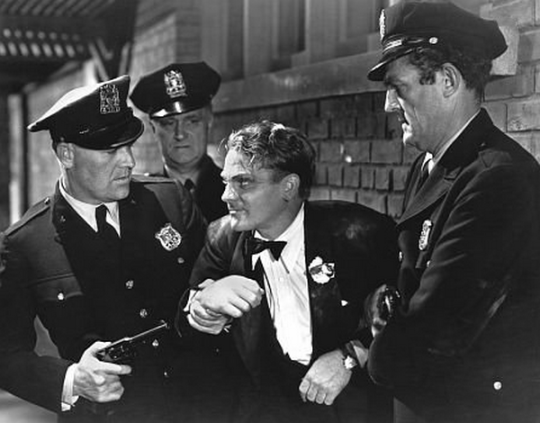
Corruption: Unlike the tragic fall, this character is not destined to die. They are destined to become a villain. Rather than refuse a call to action, they have moral quandaries which they make the right choice at first, but then they start to question their choices. They start to think evil is easier or better than good. Then they start making the wrong choices and eventually join or become the villain they were trying to stop in the first place. Look at Anakin Skywalker in Star Wars, Michael Corleone in The Godfather, or Harvey Dent in The Dark Knight.

Cynic to Participant: This character is a loner and cynic and is miserable because of it. They eventually realize that they cannot accomplish what they set out to do without help. They become less selfish and more cooperative with the rest of the adventuring party. Look at The Incredibles, every buddy cop movie where the buddies don’t get along, and every Batman team-up ever.

These are the more common character arcs, but there are plenty of different changes that your character can go through to grow, change, or fall over the course of a D&D campaign. Again, talk with your DM about where you are starting and where you want to end up. That way they can insert those pivotal turning points and put pressure on your flaws and ideals!
3K notes
·
View notes
Video

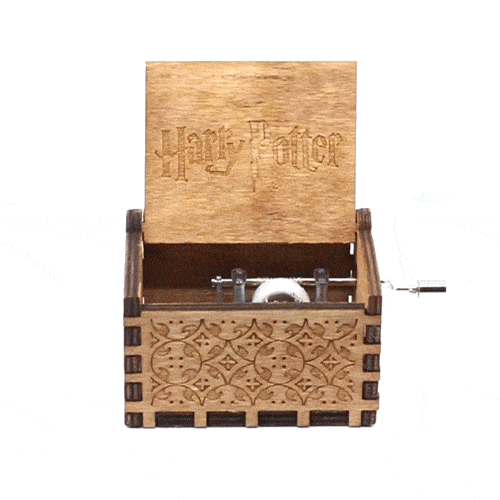
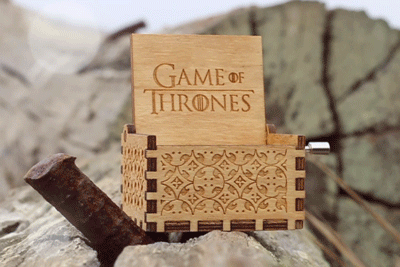


Original hand craft Music Box. No batteries Needed! After you turning the handle, it will play these familiar famous tunes, like Harry Potter, Game of Thrones and more other themes. Definitely they’re very excellent gifts for your friends and families!
^ USE CODE: BH30 FOR 30% DISCOUNT^
Here to get your music box:
>> Harry Potter <<
>> Game of Thrones <<
>> Star Wars <<
29K notes
·
View notes
Text
Me, looking over the architecture plans for my evil organization’s base: “Hmm. Looks good, but there’s just one one problem. The vents need to be bigger. Make those air ducts easily accessible and large and strong enough for a well-muscled adult man to crawl through them.”
Henchman: “Isn’t that a security risk?”
Me: “What? No. Also, make sure they form an unbroken connection between all the most important rooms in my lair.”
72K notes
·
View notes
Text
tv shows with time travel organizations/bureaus/police/agencies/whatever should have a department with instead of a tech genius eating candy, it’s a harried seamstress or fashion designer who is like
“1450 italy? does it look like I have the time to dye you wool? nO. YOU’RE GOING TO THE 1980s”
and throws shoulder pads at the hapless time agent
263K notes
·
View notes
Photo


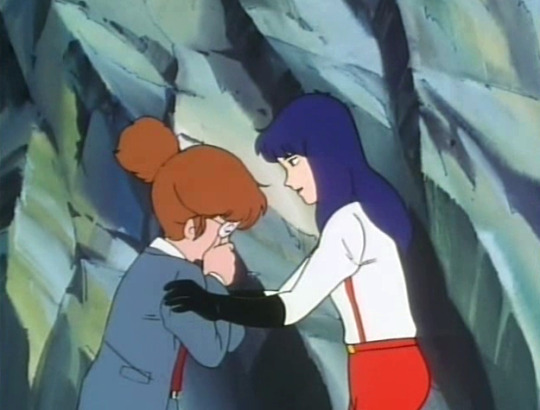
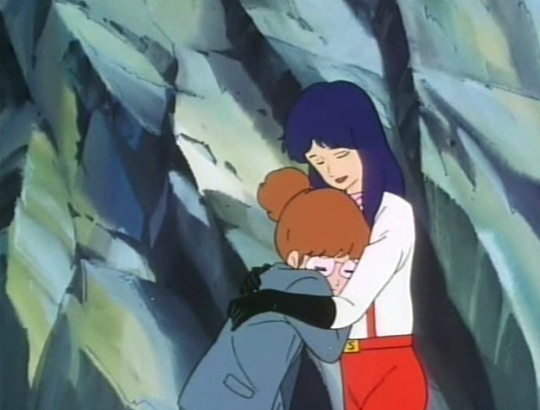
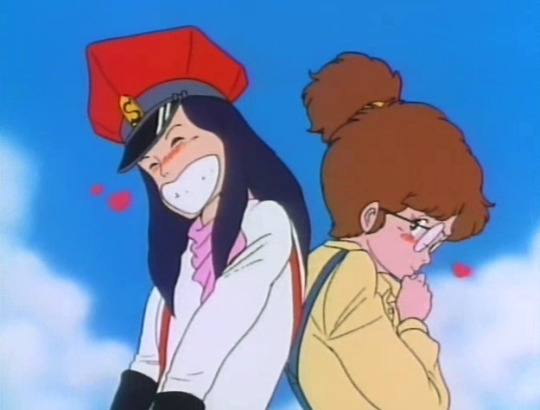
I didn’t expect to discover a new OTP while watching Sasuga no Sarutobi but the romance between flamboyant henchman 00893 and the heroine’s bespectacled friend Shoko was too cute for words.
What’s extra interesting is they’re both apparently anime-original characters created by Takeshi Shudo of early Pokemon fame; 00893 strikes me as a proto-Kojiro/James…
578 notes
·
View notes
Note
So I think I might be bi? But if I am it changes almost nothing about my life because I am happily and monogamously married. But if it doesn't really matter, why do I have so many feelings about it???? Anyways, I am asking you because it seems like there is a 50/50 chance of a delightful and pithy answer or a picture of a bird as an answer.



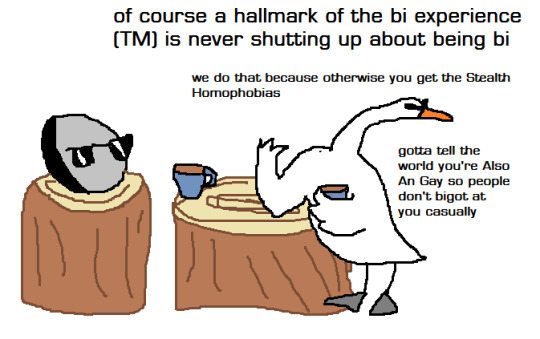
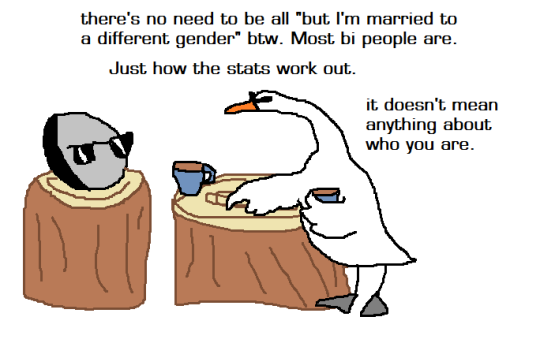
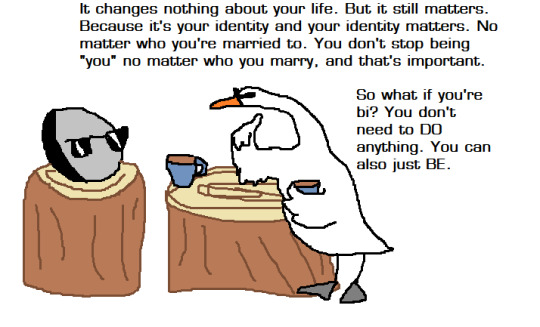
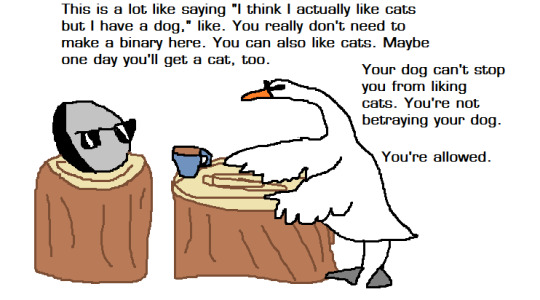



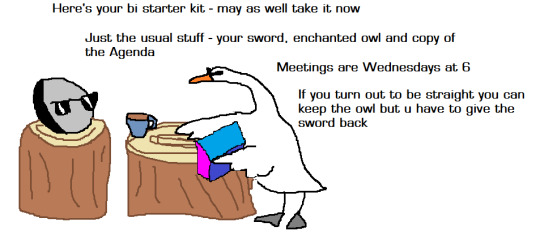

160K notes
·
View notes


